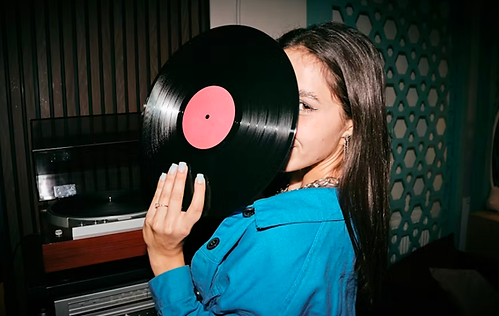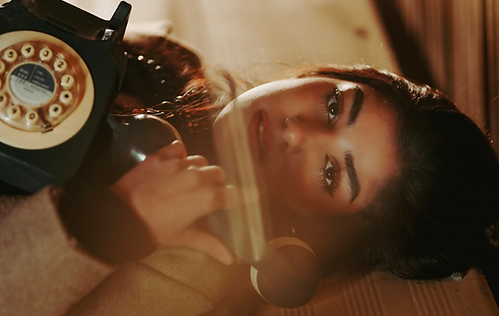
Discover Marguerite Louise, an early music ensemble conducted by Gaétan Jarry…
Marguerite Louise is not just a name: it is a presence, a source, a breath.
She was Marguerite Louise Couperin (1676–1728), cousin of François Couperin, the famous harpsichordist and organist of Louis XIV. Accepted at Versailles as a soprano voice in 1702, she is described by Titon du Tillet as “one of the most celebrated musicians of her time,” singing with “great lightness of voice and a marvelous taste.”
For this woman who was among the very first to sing from the tribune of the Royal Chapel, Couperin composed some of his most delicate and daring pages: music shaped for a rare purity, an airy yet grounded presence — emancipated from the continuo, entrusted to the violins, often accompanied by a flute — light and profound at once.
It was this precious duality that one day became self-evident: Marguerite Louise would be our name, our muse, our horizon. She inspires our musical gesture like a figure of avant-garde, a breath of freshness and grace, but also a form of inner spirituality that transcends centuries.
We have no surviving portrait of her from the period. And so Marguerite Louise is reborn today in the faces of contemporary women — free, independent, creative women who make the baroque stage resonate with the same ardor she once carried in her own time.
Through them, through their presence and their momentum, Marguerite Louise continues to exist, as a symbol of emancipation and freedom.













